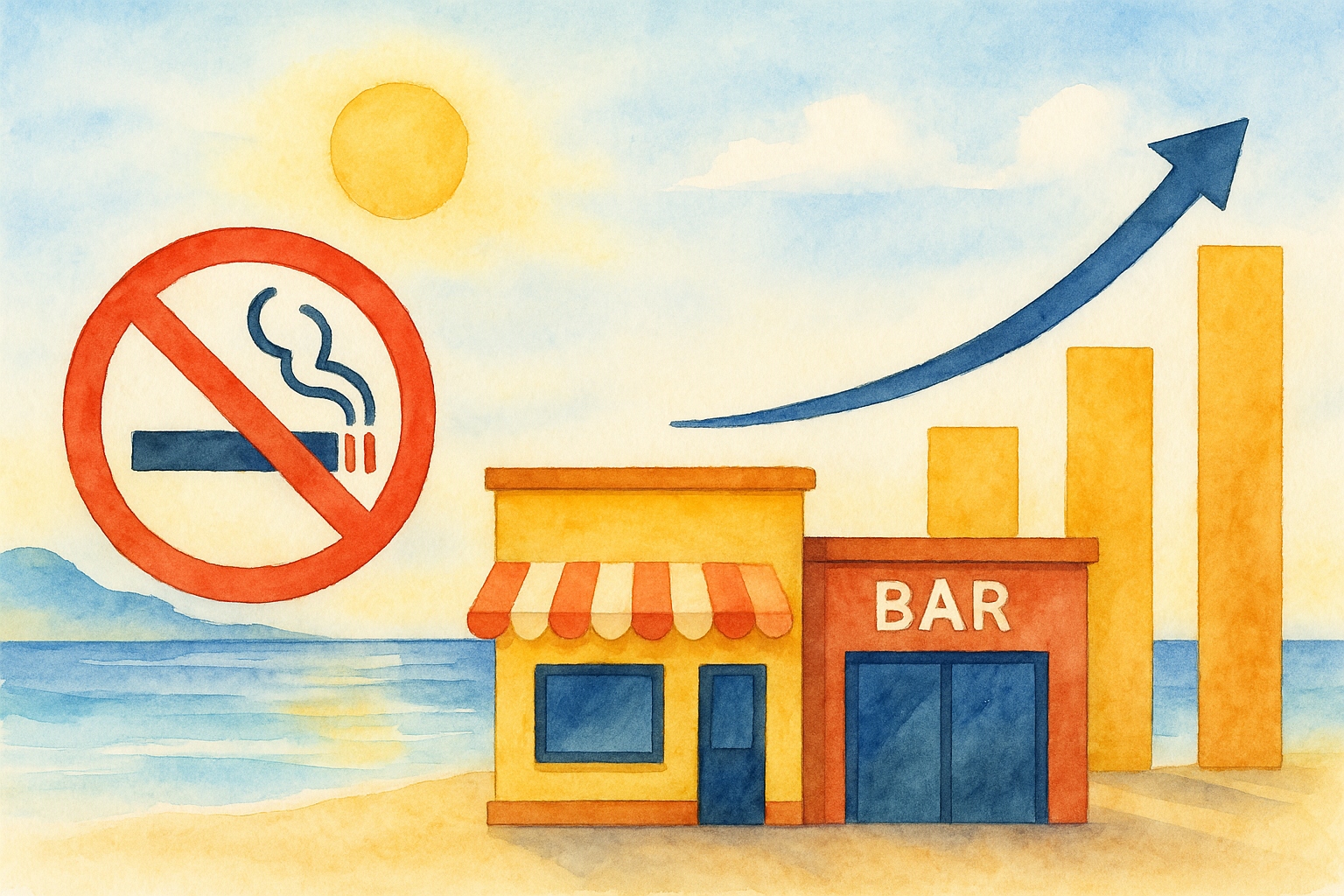Smoke-Free Laws Boost Revenue: Lessons from California
Smoke-Free Laws Boost Revenue: Lessons from California

A groundbreaking study by Cowling and Bond (2005) challenges the myth that smoke-free laws harm businesses. Analyzing California’s 1995 restaurant and 1998 bar smoking bans, the researchers found that both laws led to increased revenues for the affected establishments.
How Was the Study Conducted?
Using tax revenue data from 1990–2002, the authors compared trends in bar and restaurant earnings before and after the bans. They applied regression models at both state and county levels, controlling for factors like unemployment and seasonal variations.
Key Findings
Contrary to tobacco industry claims, smoke-free laws attracted more non-smokers while retaining smokers. After the 1995 restaurant ban, restaurant revenues rose. Similarly, bars saw a revenue boost post-1998, especially in areas with more bars relative to restaurants.
Why Did Revenues Increase?
Non-smokers, who previously avoided smoky venues, began frequenting these establishments. Smokers, with fewer alternatives after statewide bans, adjusted their habits rather than abandoning bars and restaurants entirely.
Robust Evidence
The study debunks fears that smoke-free policies hurt businesses. Instead, clean air attracts broader customer bases, creating a win-win for public health and the economy.
Why This Matters
The study debunks fears that smoke-free policies hurt businesses. Instead, clean air attracts broader customer bases, creating a win-win for public health and the economy.
Explore Smoke-Free Venues
Inspired by California’s success? Use our map to find smoke-free cafes and bars in your area. Clean air and great revenue—proven by science!